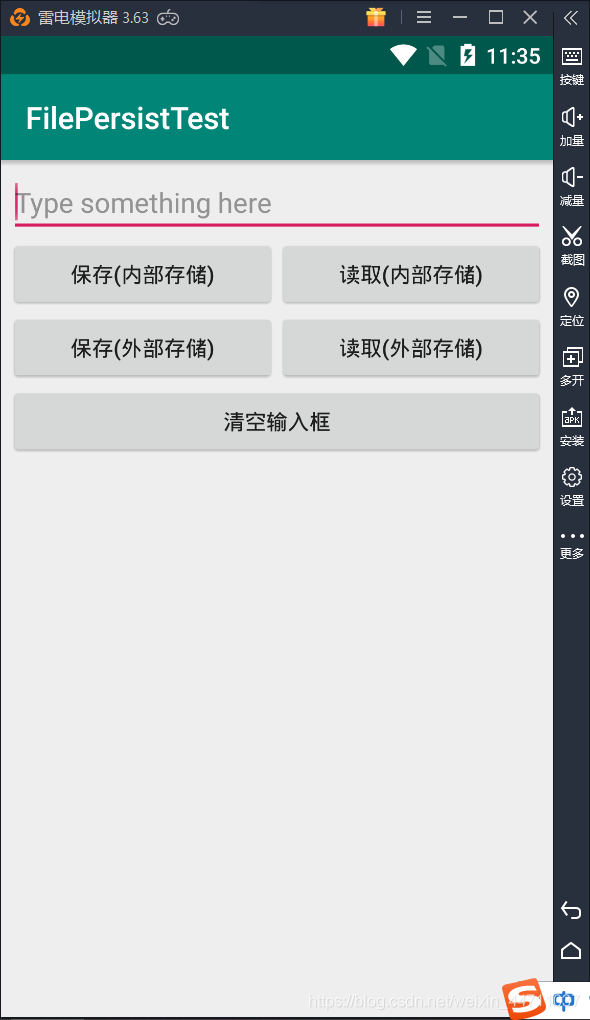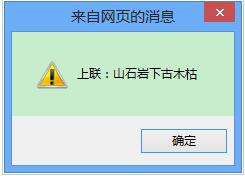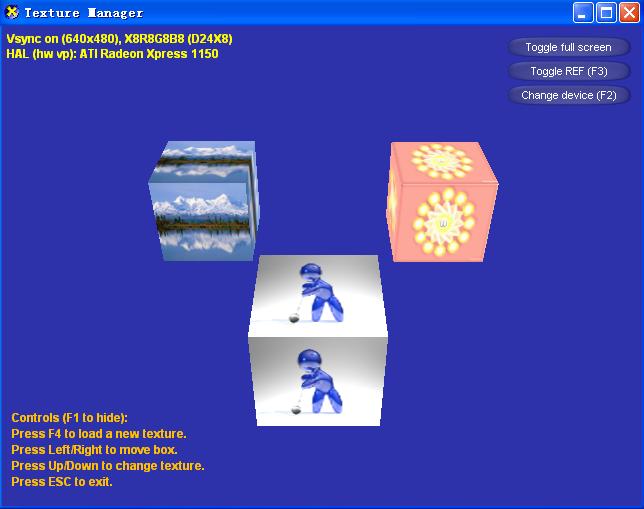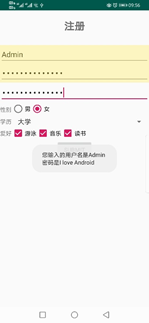1、AnnotatedElement接口
如果没有用来读取注解的方法和工作,那么注解也就不会比注释更有用处了。使用注解的过程中,很重要的一部分就是创建于使用注解处理器。Java SE5扩展了反射机制的API,以帮助程序员快速的构造自定义注解处理器。
Java用Annotation接口来代表程序元素前面的注解,该接口是所有Annotation类型的父接口。如在java.lang.reflect包中有一个接口AnnotatedElement,其中定义了一些注解相关的方法,如判断某元素是否标注了注解的方法:
- boolean isAnnotationPresent(Class<? extends Annotation> annotationClass)
- 这里的传参实际上就是传入 ”某个注解.class“
另外,Java在java.lang.reflect 包下新增了 AnnotatedElement 接口:
/** * Represents an annotated element of the program currently running in this* VM. This interface allows annotations to be read reflectively. All* annotations returned by methods in this interface are immutable and* serializable. It is permissible for the caller to modify the* arrays returned by accessors for array-valued enum members; it will* have no affect on the arrays returned to other callers.** <p>If an annotation returned by a method in this interface contains* (directly or indirectly) a {@link Class}-valued member referring to* a class that is not accessible in this VM, attempting to read the class* by calling the relevant Class-returning method on the returned annotation* will result in a {@link TypeNotPresentException}.** <p>Similarly, attempting to read an enum-valued member will result in* a {@link EnumConstantNotPresentException} if the enum constant in the* annotation is no longer present in the enum type.* * <p>Finally, Attempting to read a member whose definition has evolved* incompatibly will result in a {@link* java.lang.annotation.AnnotationTypeMismatchException} or an* {@link java.lang.annotation.IncompleteAnnotationException}.** @since 1.5* @author Josh Bloch*/
该接口代表程序中可以接受注解的程序元素,这句话怎么理解?我们从另一头倒着来理:
(1)Field、Method、Constructor
在反射中我们知道的像属性、方法、构造函数等封装的类,都继承了一个类,叫AccessibleObject;
(2)AccessibleObject (参考链接)
java.lang.reflect包中有类AccessibleObject,从类的注释可以看出,The AccessibleObject class is the base class for Field, Method and Constructor objects. It provides the ability to flag a reflected object as suppressing default Java language access control checks when it is used. 显然,它可以让一个反射对象去禁止Java语言的访问控制检测,从而能够调用对象的私有属性和方法。
这个类实现了一个接口,就是我们提到的AnnotatedElement了,实现该接口的类(Represents an annotated element of the program currently running in this VM. This interface allows annotations to be read reflectively.)即代表那些可注解的元素,同时可以利用反射机制读取注解。所以,它的几个主要实现类有:
- Class 类
- Constructor 构造器
- Field 类的成员变量
- Method 类的方法
- Package 类的包
注意:如Class、Package未继承AccessibleObject,毕竟这两个类不需要所谓的访问权限设置,但是它们是实现了AnnotatedElement接口的。
所以当我们通过反射获取某个类的AnnotatedElement对象之后,就可以调用AnnotatedElement接口定义好的几个方法:
- //判断该程序元素上是否包含指定类型的注解,存在返回true,否则返回false
- boolean isAnnotationPresent(Class<? extends Annotation> annotationClass);
- //返回该程序元素上存在的、指定类型的注解,如果该类型注解不存在,则返回null
- <T extends Annotation> T getAnnotation(Class<T> annotationClass);
- //返回该程序元素上存在的所有注解
- Annotation[] getAnnotations();
- //返回直接存在于该元素上的所有注解(与该接口中其他方法不同,该方法将忽略继承的注解)
- //如果没有注解直接存在于此元素上,则返回长度为零的一个数组
- //该方法调用者可以随意修改返回的数组,不会对其他调用者返回的数组产生影响
- Annotation[] getDeclaredAnnotations();
2、AnnotatedElement使用示例
2.1 自定义注解
/*** 水果名称注解*/
@Target(ElementType.FIELD)
@Retention(RetentionPolicy.RUNTIME)
@Documented
public @interface FruitName {String value() default "";
}/*** 水果颜色注解*/
@Target(ElementType.FIELD)
@Retention(RetentionPolicy.RUNTIME)
@Documented
public @interface FruitColor {/*** 颜色枚举*/public enum Color {BULE, RED, GREEN}/*** 颜色属性*/public Color fruitColor() default Color.GREEN;
}/*** 水果供应商注解*/
@Target(ElementType.FIELD)
@Retention(RetentionPolicy.RUNTIME)
@Documented
public @interface FruitProvider {/*** 供应商编号*/public int id() default -1;/*** 供应商名称*/public String name() default "";/*** 供应商地址*/public String address() default "";}
注意:当一个Annotation类型被定义为运行时(RUNTIME)的Annotation时,该注解才能是运行时可见,当class文件被装载时被保存在class文件中的Annotation才会被虚拟机读取。
2.2 使用自定义注解的类
/*** 苹果类*/
public class Apple {/*** 苹果名称*/@FruitName("红富士")private String appleName;/*** 苹果颜色*/@FruitColor(fruitColor = FruitColor.Color.RED)private String appleColor;/*** 苹果供应商*/@FruitProvider(id = 1, name = "陕西红富士集团", address = "陕西省西安市延安路89号红富士大厦")private String appleProvider;public String getAppleName() {return appleName;}public void setAppleName(String appleName) {this.appleName = appleName;}public String getAppleColor() {return appleColor;}public void setAppleColor(String appleColor) {this.appleColor = appleColor;}public String getAppleProvider() {return appleProvider;}public void setAppleProvider(String appleProvider) {this.appleProvider = appleProvider;}
}
2.3 注解处理
public class FruitInfoUtil {/*** 获取水果信息* @param clazz 类对象*/public static void getFruitInfo(Class<?> clazz) {String strFruitName;String strFruitColor;String strFruitProvider;//获取该类对象包含的所有属性对象Field[] fields = clazz.getDeclaredFields();//遍历属性对象for (Field field : fields) {//如果属性包含的注解是FruitNameif (field.isAnnotationPresent(FruitName.class)) {FruitName fruitName = field.getAnnotation(FruitName.class);strFruitName = "水果名称:" + fruitName.value();System.out.println(strFruitName);}//如果属性包含的注解是FruitColorelse if (field.isAnnotationPresent(FruitColor.class)) {FruitColor fruitColor = field.getAnnotation(FruitColor.class);strFruitColor = "水果颜色:" + fruitColor.fruitColor().toString();System.out.println(strFruitColor);}//如果属性包含的注解是FruitProviderelse if (field.isAnnotationPresent(FruitProvider.class)) {FruitProvider fruitProvider = field.getAnnotation(FruitProvider.class);strFruitProvider = "供应商编号:" + fruitProvider.id()+ ";供应商名称:" + fruitProvider.name()+ ";供应商地址:" + fruitProvider.address();System.out.println(strFruitProvider);}}}}
2.4 测试和结果输出
public class TestAnnotation {public static void main(String[] args) {FruitInfoUtil.getFruitInfo(Apple.class);}
}//结果输出
水果名称:红富士
水果颜色:RED
供应商编号:1;供应商名称:陕西红富士集团;供应商地址:陕西省西安市延安路89号红富士大厦
3、参考链接
- 深入理解Java:注解(Annotation)--注解处理器










